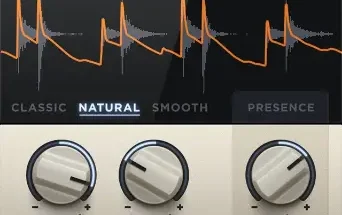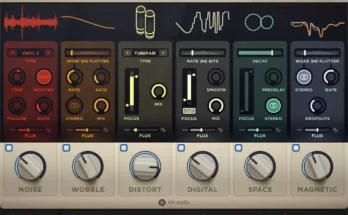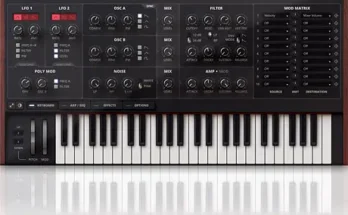GrainTable [M4L]
M4L | 680 KB
As the original Virus TI/TI2 slowly gets older (meanwhile losing compatbility for its software under macOS since 2019, and the manufacturer seems to be shipping its last remaining units), and the computers growing more powerful, people are nontheless still trying to recreate some of the original sounds of the unit, especially the Graintable mode and Formant modes, that actually have nothing to do with granular synthesis of formant filters.
From bubbles to sync-style aggressive leads, this mode has been at the heart of psytrance sounds for many years, influencing the tracks up to now.
GrainTable recreates as much as possible the sound achieved by the Virus TI2 graintable mode, sought by many.
Here’s what you get:
Slave wavetable
Click on the folder icon to open a folder containing any set of wavetable files (up to 256 per folder),
Or drop a wavetable straight on the waveform display
Select the wavetable size (depends on your source material, Serum wavetables are mostly 2048 samples for example)
Select the wave number. You can add a note-on random value to it, so that each note pressed will vary the wave position positively or negatively
The slave wavetable comes with two alternating oscillators: each one play during 1 cycle of the main oscillator, the other one then plays the next cycle, so they don’t play at the same time.
For each of the alternating oscillators, select it pitch as a detune value from the incoming note: for example if a midi note come in at C2 and the detune is +1 st, it will play at C#2. Note that the original sound from the Virus seems to use 0 for slave 1, and -1 octave for slave 2 (hence the default values).
Note that the detune of the second oscillator is set from the first one, so it follows its changes
Carrier (AM):
The carrier is a third oscillator which signal will be used as an Amplitude Modulator for the sound coming from the slave wavetables. It’s somehow an audio rate envelope
The carrier can be used with different types of signals
Sine/Tri/Sawup/Sawdown are pretty self explanatory. Note that triangle usually provides the smoothest sound, and the closest to the original Graintable of the Virus (hence the default value)
Wave allows you to drop a wavefile onto the carrier
Env allows you to draw your own waveform. It’s my own quite advanced version of the envelopes you see in stoc, devices, where you can import and export your waveforms to a file for later reuse.
If needed you can add plain carrier signal to your sound in the graintable section (typicially to fatten it)
GrainTable Engine:
The master knob here is the PW for Pulse Width. It will “compress” the slave wavetables (shift their frequency up but not only) without altering the carrier one, giving this sync-like sound. A note on random is available for this param so that each incoming note changes the PW value
The PW Amp+ will change how much louder or quieter each subsequent cycle of the slave oscillator will play when they are compressed: as when PW grows up, more cycles of each slave are played inside one cycle of the carrier, their volume can be tweaked
Interpolate wil allow you to tame the output signal if too harsh: this really depends on your source material, some digital wavetables can be quite aggressive
The Glide slider will smooth value changes in the PW knob and the WT# as well for a less step-ish sounding result.
General section:
In the last section you will find classic elements:
an ADSR envelope, with a velocity sensitivity slider, and a level knob, plus a filter mix to blend the filtered sound in
A multimode multislope filter, with a note on random knob for the cutoff frequency
A waveshaper that will allow you to blend more gtittiness in your sound, with its mix knob as well. It’s by default on a S-shape, that adds nice saturation to it. As much as possible try to keep the center point as it is, and avoid putting a vertical line in the center position, as it’s the one that corrersponds to 0.0 in the signal (anyway the device includes a DC offset remover), or you will get very gritty stuff
A scope, synced to your midi input to see what’s going on in the device.
And finally an output volume knob to boost or attenuate if needed
Please REPORT in Comment Broken Links




